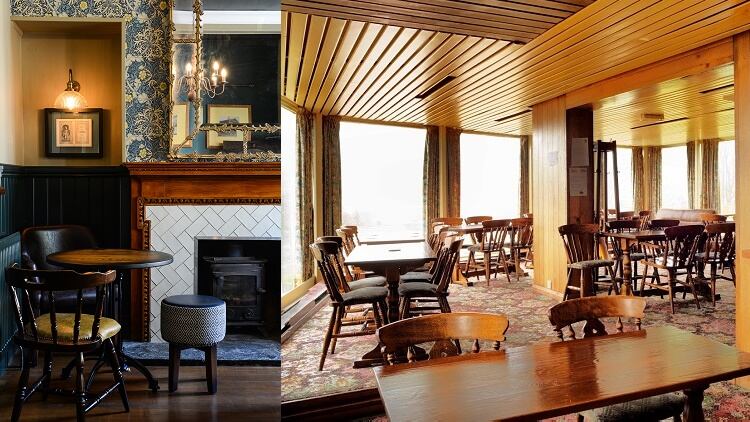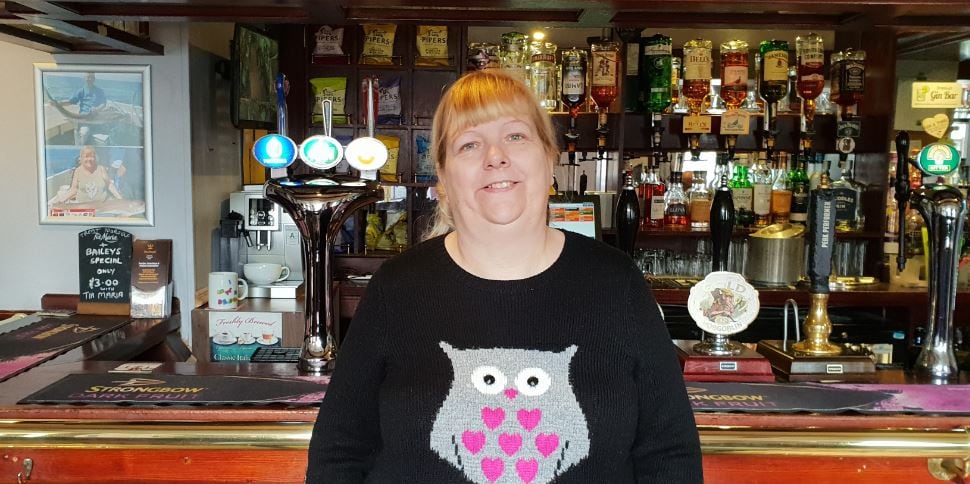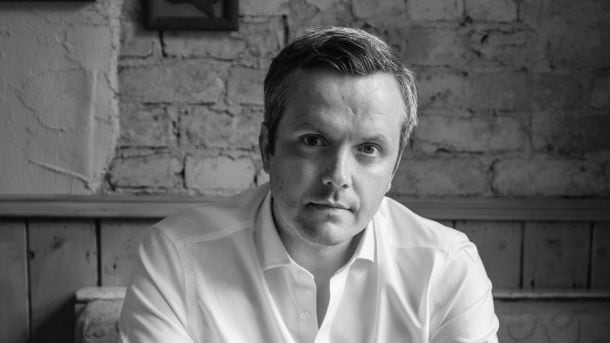Pubs are the backdrop for both mundane and momentous memories, and their aesthetics play a huge part in how a customer feels about their local. It was not the quality of drink that caught the imagination of George Orwell when he wrote about his ideal tavern in his 1946 treatise, The Moon Under Water, but the atmosphere.
Undoubtedly, the interior design of a pub has a key role in shaping that atmosphere – whether it has slick, modern edges or comforting domestic features – and that has been in an almost constant state of flux as trends have waxed and waned.
Savvy Victorian entrepreneurs, for example, recruited up-and-coming architectural talents such as Finch Hill and WM Brutton to “build temples of drink”, writes Victorian historian Byron Nelson.
Hill “offered a zestfully ecclesiastical style, while Brutton’s style was theatrical and cheerfully monarchical”. Respectively, the pair were responsible for notable establishments such as the Fitzroy Tavern in Fitzrovia and the Museum Tavern in Bloomsbury, as well as several others that have since been and gone.
The “comfortable ugliness of the 19th century”, seen in pubs replenished with ornamental mirrors, cast iron, garish taxidermy, and ceiling stained yellow from tobacco smokers, was the style Orwell admired.
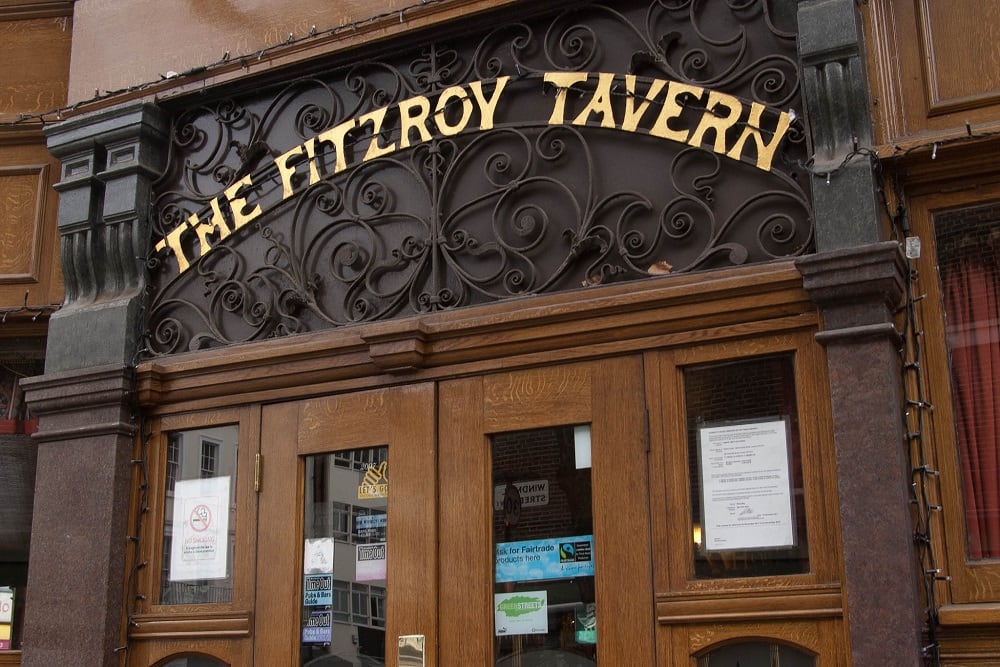
The Carlisle Experiment
Historian Girouard celebrates a “mixture of cheerfulness and craziness” present in interiors from this era and highlights that Victorian pubs displayed bespoke crafted fixtures such as gas lamps, carved mirrors and elegant beer taps. Concerns that the productivity of Britain’s munitions workers would be affected by over-consumption of alcohol led to the ‘Carlisle Experiment’ during the First World War, in which the government of the day nationalised pubs.
The result of this was the evolution of Redfern’s ‘New Model Inn’, 15 of which were built in the wider Carlisle district, and which greatly influenced the design of pubs throughout the country. The Carlisle scheme continued until its abolition by Act of Parliament in the 1970s. Pubs adopted elements inspired by the Arts and Crafts movement, a reaction to extravagant Victorian gin palaces, and a design which championed simplicity and folk designs.
Women welcomed
Weary from the tolls wartime Britain had subjected them to, many establishments emerged into peacetime and adapted themselves for a new clientele, with a desire to appeal to women for the first time. While women would go to pubs in prior centuries, on the whole, women from middle-class backgrounds tended to only visit inns or hotels with private snugs or lounges in a backroom, explains professor of history at Trinity College, Hartford, Connecticut, Jennifer Regan-Lefebvre.
“There was a kind of association with women in pubs being prostitutes, and most pubs were working-class male spaces,” she says. Change on this front had started in the late 19th century but the inter-war period was a catalyst, with mass pub improvement schemes seeing big brewers invest huge amounts into making sites appear more friendly towards women. “It had to be a space for women, where they would want to sit and chat with their friends,” Prof Regan-Lefebvre explains.
“So they might have carpeting, whereas in the 19th century, some pubs just had sawdust on the floor. Having a nicer kind of lounge area that was supposed to be quiet and also offering more drinks that women might like, so notably wine.” Women had more purchasing power, the vote, and there were more young women in work who wanted to come to the pub to congregate. It was their space too – though some pubs had ‘men only’ bars or separate ‘ladies’ rooms’ until the 1970s.
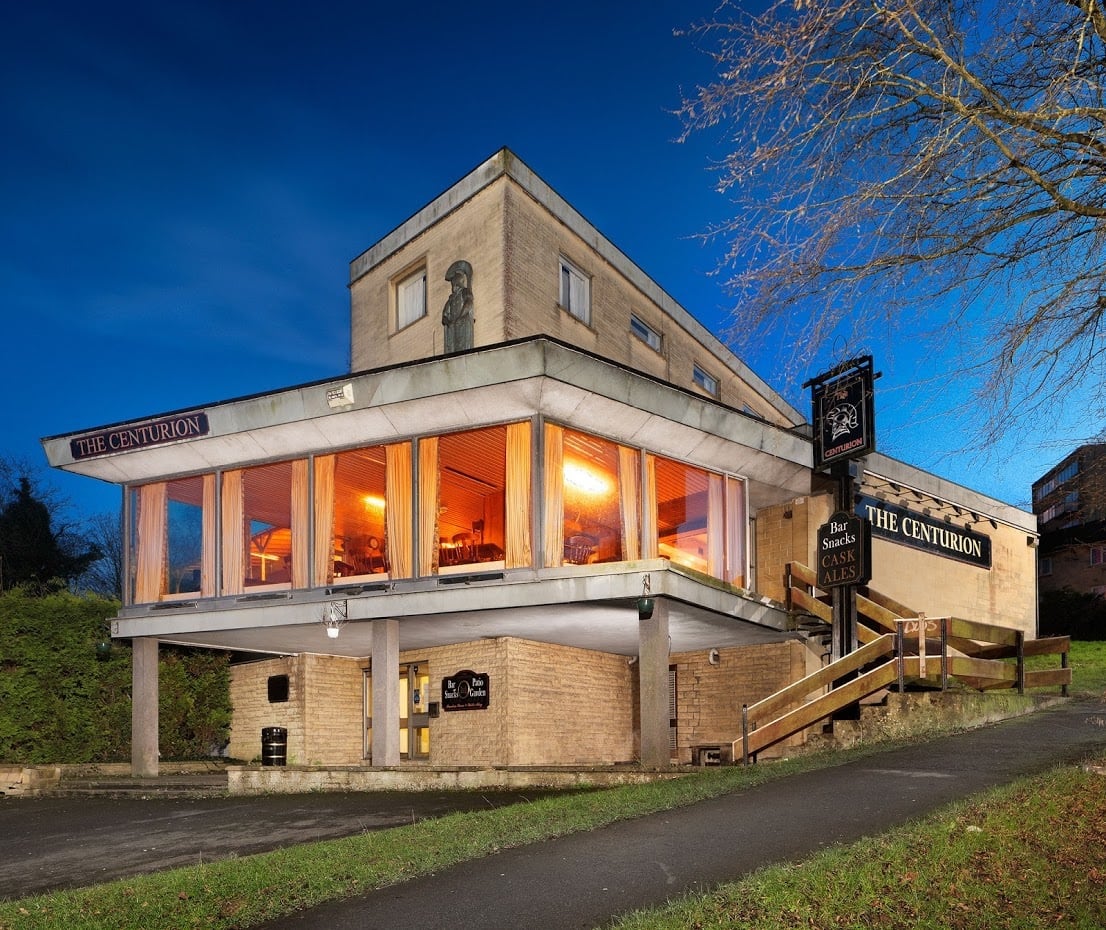
Peacetime boom
After the Second World War, new housing estates and cities recovering from wartime bombing experienced a golden age of new pubs being built. Pubs became fully accepted as social amenities and new sites sprang up around the country, especially after building restrictions were lifted in 1954. “It’s impossible to generalise about pub interiors over a period of 40 years,” explains Emily Cole, senior investigator at public body Historic England.
“But, on the whole, pubs of this time tended to have two separate bars – a public bar and saloon bar/lounge – with a central service area having counters to each bar.”
“They were mostly two-storey buildings, with accommodation for the pub’s landlord/manager provided on the first floor,” she says.
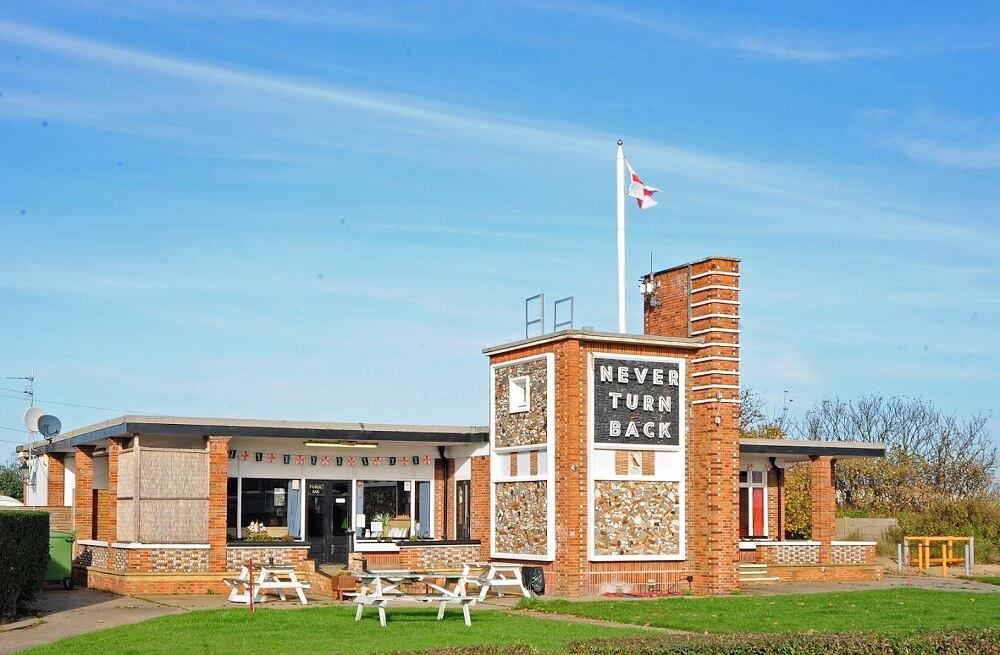
Inspired by themes
Pubs in this period adopted decorative themes, often inspired by the name of the pub or a tale from local myths. Some of these were relatively modest, explains Cole, such as themed curtain fabric, carpet pattern and decoration to counter fronts. However, others were dramatic – including interiors fitted out to resemble ships, structures or even streets, or inspired by countries or geographical areas, like the South Pacific.
One example is the Never Turn Back pub in Caister-on-Sea, which is named and designed in memory of the victims of a lifeboat disaster which struck the Norfolk community in 1901. It opened in 1957 and is designed in a nautical way, with a tower reminiscent of a ship’s wheelhouse and a lookout tower.
Such themed pubs were among a number to receive listed status from the Department for Digital, Culture, Media & Sport in the period 2015 to 2018. “This reflected the increasing need of brewery companies to compete with other leisure outlets (like bars and clubs), and to create a memorable, distinctive venue,” explains Cole.
The shape of pubs to come
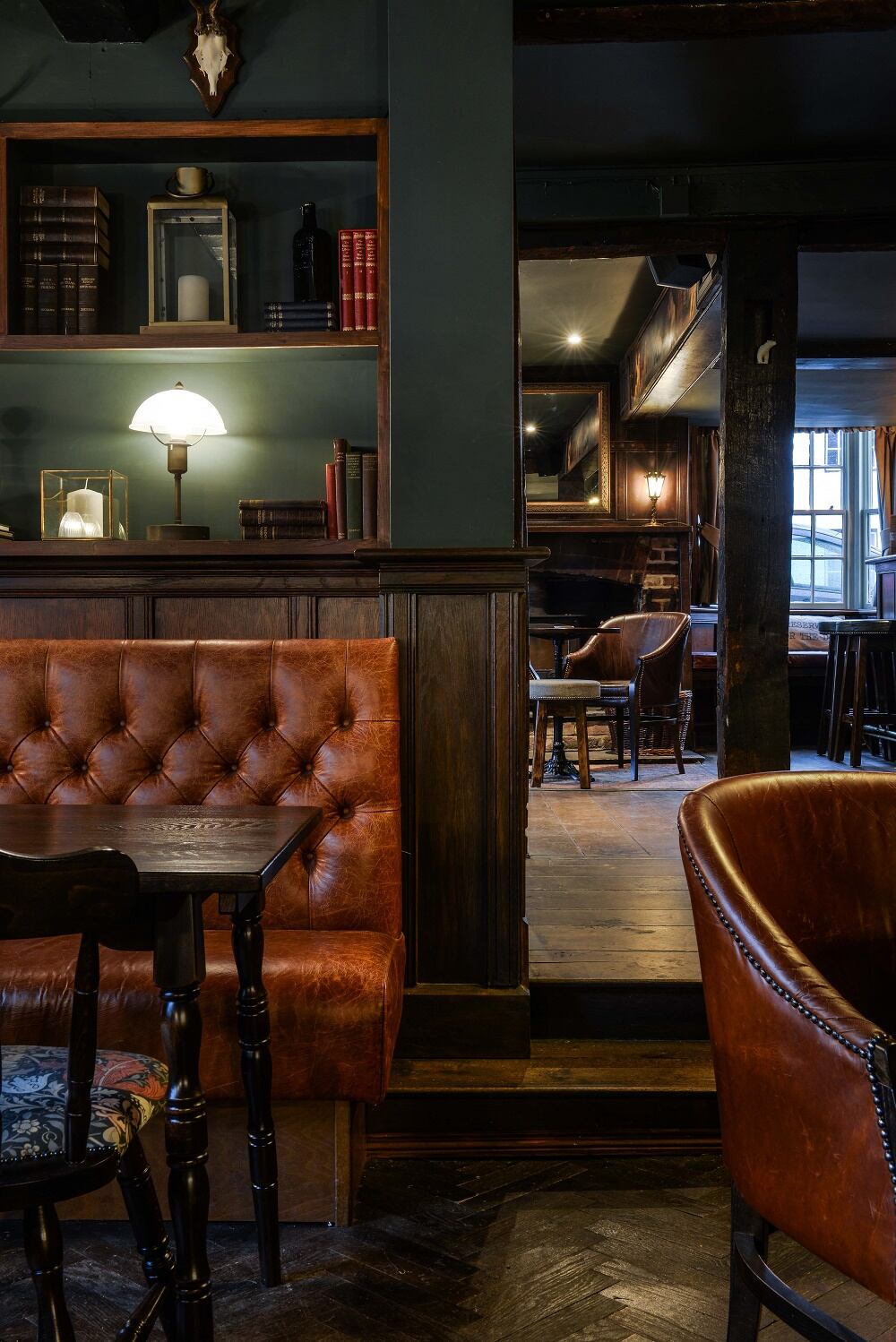
So, what will be the next big thing in pub design? Recently, pubs have gained social media traction for quirky features or aesthetically pleasing designs in their toilets. One example is the Bell Inn at Ticehurst, East Sussex, which re-purposed brass musical instruments into urinals. Focus Design’s Emma Simmonds predicts pub toilet design will become increasingly significant as will sheltered areas in gardens for all-year-round use.
“Materials like velvet will be joined by their more humble equivalents such as corduroy,” Simmonds says. With pubs trying to target the selfie generation of younger punters, lighting – in addition to well-placed mirrors – is also key.
“It may not be as ‘in your face’ as something like furniture, but a considered lighting scheme can also have a huge impact on the space,” says Simmonds. Neon lighting saw a resurgence a few years back, particularly with written slogans in bar-style venues, while dimmable lamps will continue to have a strong role in creating the atmosphere of cosy taverns.
In addition to new ideas and formulations, incorporating historic features into pub designs is a method that will not go anywhere.
“We often lean on artwork to tell the history of the pub when in fact the heritage is often ingrained in the framework of the building,” explains Simmonds. “We’ve ended up pulling back carpets to reveal original herringbone timber and sandblasting beams to strip back years of paintwork to reveal the site’s history.
“The long-standing nature of pubs means there is usually a wealth of historic features to be utilised in the
redesign of a pub.”
Something that will always have a ‘wow factor’ is original features, while designers and operators are currently inclined to place compact-style armchairs centre stage in order to draw in customers.

